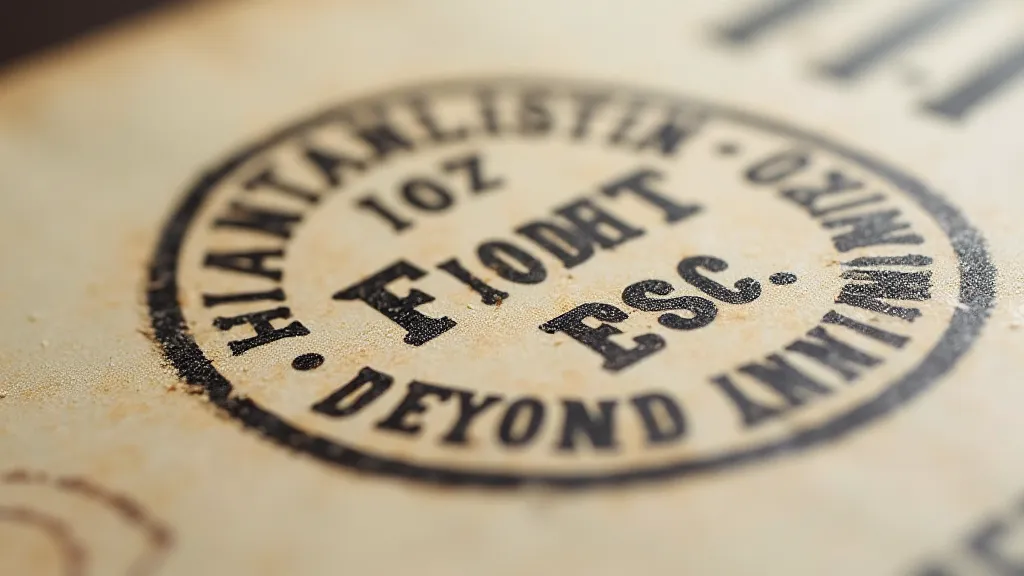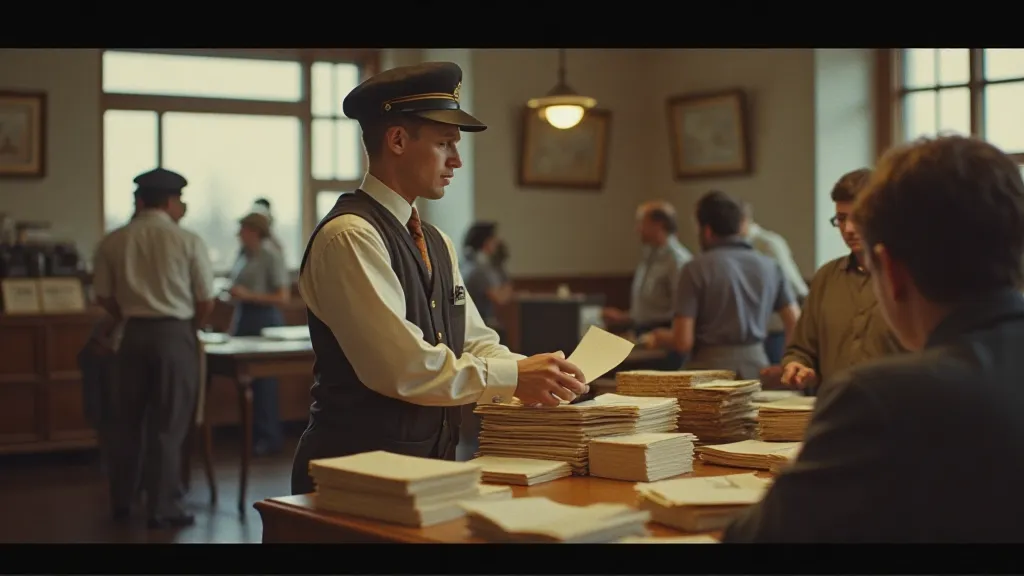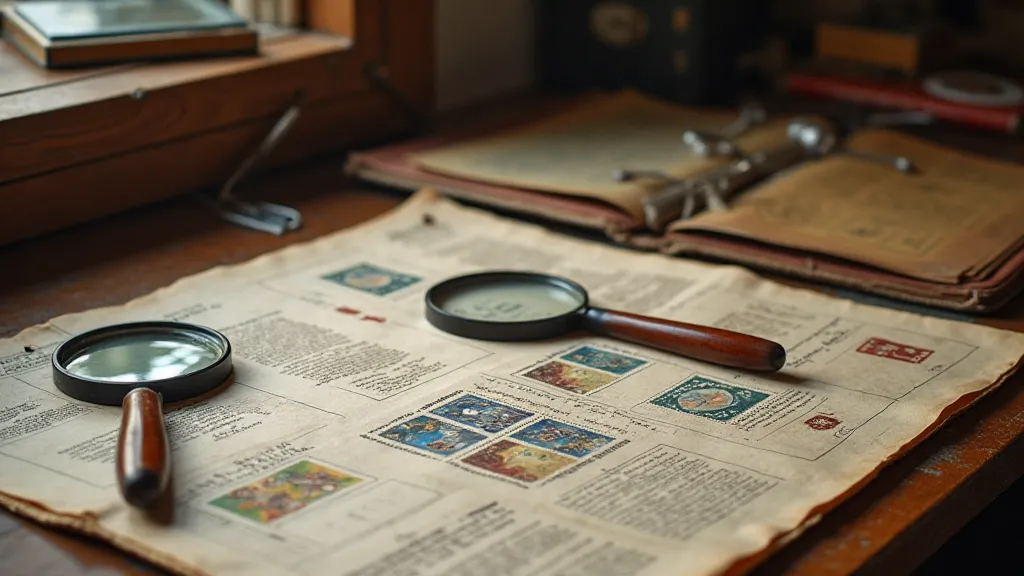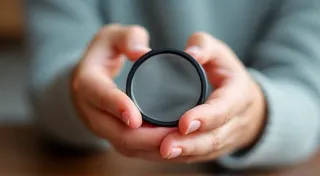The Collector’s Labyrinth: Navigating the Complexities of First Day Cover Authentication
There’s a particular allure to collecting First Day Covers (FDCs) that transcends the simple accumulation of stamps. It’s a journey back in time, a tactile connection to history, and a detective story all rolled into one. The best FDCs whisper tales of a bygone era – the excitement of a new issue, the careful handling by postal workers, the indelible mark of a specific moment in time. But that allure is tempered by a crucial truth: the world of FDCs, particularly those of historical significance, is riddled with fakes and reproductions, presenting a formidable challenge for the dedicated collector.
My first encounter with this complexity was with an alleged 1847 US 10c Benjamin Franklin FDC, seemingly pristine and exquisitely cancelled. The vendor, a man with the practiced air of a seasoned dealer, spun a captivating narrative of its provenance – a direct descendant of a postal clerk, meticulously preserved. I was captivated. I almost succumbed to the romanticism of it all. Fortunately, a veteran collector, observing my enthusiasm, gently steered me towards a more critical examination. That was my first lesson: enthusiasm is the enemy of discernment.
The Craftsmanship of an Authentic FDC
Understanding what constitutes an authentic FDC starts with appreciating the inherent craftsmanship involved. Consider the paper itself – the specific weight, texture, and watermarks used by the Bureau of Engraving and Printing. These details, often subtle, change over time, betraying a later fabrication. The printing process, too, was critical. Early issues were often printed using a simpler process, resulting in distinctive characteristics - slight imperfections, variations in color density - that are almost impossible to replicate perfectly with modern printing techniques. An authentic FDC isn't just about the stamp; it’s about the entire package - the envelope, the postmark, the cancellation itself, and the way they all harmonize.
Look closely at the cancellation. A genuine postmark isn’t a uniform, machine-applied mark. It’s a product of human interaction, a hurried but deliberate application of ink by a postal worker. The depth of the impression, the slight blurring of the characters, the subtle variations in ink color – these are all hallmarks of an authentic cancellation. Fake cancellations are often too perfect, too crisp, and lacking the organic feel of a genuine mark. These moments in time, preserved on paper, are a fascinating representation of postal history, and understanding their context requires delving into the alchemy of postage – the transformation of common paper into treasured moments.

Red Flags and Tell-Tale Signs of Fabrication
The modern era has unfortunately spawned a thriving industry of FDC reproductions, many designed to deceive even the experienced collector. Recognizing these fakes requires a keen eye and a thorough understanding of FDC history. Here are some common red flags to watch for:
- Paper Anomalies: The paper stock is incorrect – too thick, too thin, wrong watermark, or a completely inappropriate texture.
- Postmark Inconsistencies: The postmark is too perfect, lacks the expected features for the date and location, or is a completely fabricated design. Look for inconsistencies in the type of postmark used (straight-line vs. circular, for example).
- Stamp Placement & Quality: The stamp’s placement is awkward or unnatural. The stamp itself appears to be a replacement, with an incorrect gum condition (or lack thereof), or exhibits printing flaws inconsistent with the genuine issue.
- Envelope Type & Addressing: The envelope isn’t the correct type for the issue. The addressing is too modern or appears to have been added later.
- "Expertized" Labels: Be extremely wary of FDCs bearing "expertized" labels from unknown or unreliable sources. While genuine expertization can add value, it can also be easily forged.
One particularly deceptive practice involves taking a genuine stamp and applying it to a fabricated envelope. The stamp may appear authentic at first glance, but the envelope will betray its fraudulent nature through paper anomalies or an inappropriate postmark. This is a crucial point: authenticate the *entire* cover, not just the stamp. Many collectors dedicate themselves to preserving these fragile pieces of history and, in doing so, pass on the passion for philately to future generations – a subject explored further in The Collector's Legacy.
The Role of Historical Context and Provenance
Context is king. Understanding the historical circumstances surrounding an FDC's issuance and postal journey is paramount to authenticating it. What were the postal regulations at the time? What types of envelopes were commonly used? Where were the post offices located? What were the typical cancellation practices? The more you know about the historical backdrop, the better equipped you’ll be to spot inconsistencies. Tracing a cover's journey often reveals more than just a date and location; it unlocks a piece of a larger narrative – a story that is often obscured by the passage of time.
Provenance, or the documented history of ownership, can also be a valuable asset. A clear and unbroken chain of ownership, backed by receipts and correspondence, can significantly bolster the authenticity of an FDC. However, provenance isn’t foolproof. Fraudulent provenance can be fabricated just as easily as a fake FDC. Discerning genuine provenance often requires careful analysis of historical records and a keen eye for detail—a process much like unraveling the secrets held within an antique artifact.

Subtle Restoration: A Collector's Dilemma
Restoration is a complex issue in FDC collecting. Minor repairs, such as reattaching a flap or reinforcing a weakened envelope, can be acceptable, but extensive restoration can significantly diminish an FDC's value and authenticity. The key is transparency. A reputable dealer will always disclose any restoration work that has been performed.
However, subtle restoration can be difficult to detect. Sophisticated techniques can be used to disguise alterations, making it challenging to discern between a naturally aged envelope and one that has been artificially aged or repaired. This is where a keen eye and a thorough understanding of paper aging are essential. The passage of time leaves its mark – not only in the visible signs of wear but also in the subtle chemical changes that affect the paper itself.
The Ongoing Quest for Discernment
Authenticating First Day Covers is a continuous learning process. It requires a dedication to research, a willingness to question assumptions, and a healthy dose of skepticism. It’s a challenging but rewarding endeavor – a journey into the heart of postal history and a testament to the enduring allure of collectible stamps. The marketplace continues to evolve, and counterfeiters become more sophisticated. It's a constant arms race. The subtle nuances and coded messages imprinted on these historical documents offer invaluable insights into the values and societal shifts of their time—a topic further examined in The Ephemeral Archive.
My initial disappointment with that seemingly pristine 1847 Franklin FDC ultimately transformed into a valuable lesson. It instilled in me a deeper appreciation for the intricacies of FDC collecting and the importance of rigorous authentication. It’s a pursuit that demands patience, diligence, and a profound respect for the history etched onto each fragile piece of paper. Understanding these intricacies demands more than just technical expertise; it requires an almost intuitive grasp of the subtle clues that reveal the truth.

Ultimately, the journey of an FDC is a layered narrative, filled with clues and secrets just waiting to be uncovered. It’s a captivating pursuit that rewards patience, diligence, and a healthy dose of skepticism. Each cover represents more than just a piece of paper; it's a window into the past, a tangible connection to the stories and events that have shaped our world.





